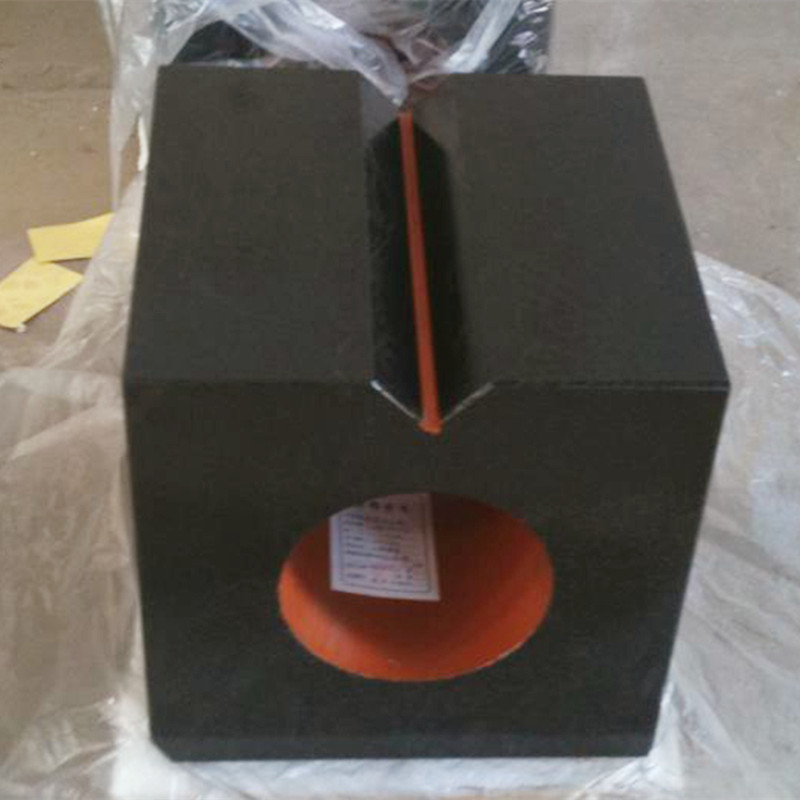ഡിസം . 11, 2024 03:33 Back to list
Understanding the Functionality and Importance of Check Valves in Fluid Systems
Understanding Check Valves A Crucial Component in Fluid Systems
Check valves, often referred to as non-return valves or one-way valves, are critical components used in various fluid systems across multiple industries. Designed to allow fluid flow in one direction while preventing backflow, these valves play a vital role in ensuring the efficiency and safety of many processes. This article delves into the importance, types, applications, and maintenance of check valves.
Importance of Check Valves
The primary function of a check valve is to maintain the unidirectional flow of fluids, which is essential for preventing contamination and protecting equipment. In applications where backflow can lead to severe consequences—such as in sewage treatment plants, chemical processing facilities, and water distribution systems—check valves act as a safeguard against potential system failures. By preventing backflow, they help in maintaining pressure stability within the system, ensuring operational integrity and efficiency.
Types of Check Valves
Check valves come in various designs, each suited for specific applications and fluid conditions. The most common types include
1. Swing Check Valves These valves use a swinging disc that opens with forward flow and closes when flow reverses. They are ideal for horizontal installations and are widely used in water and wastewater systems.
2. Lift Check Valves Lift check valves operate similarly to a piston. The disc is lifted off the seat by forward flow and falls back to the seat, preventing backflow when flow ceases. These valves are suitable for high-pressure applications.
3. Ball Check Valves In this design, a ball sits in a seat, allowing flow in one direction. When backflow occurs, the ball is pushed into the seat, sealing the valve. Ball check valves are compact and effective for low-pressure applications.
4. Diaphragm Check Valves These use a flexible diaphragm to control flow. They are ideal for applications involving critical or sensitive fluids, such as in pharmaceutical or food processes.
5. Spring Check Valves These feature a spring-loaded mechanism that helps the valve close tightly when backflow occurs. They are beneficial in systems with low gravity flow.
a check valve

Applications of Check Valves
The applications of check valves are vast and varied. In the oil and gas industry, they are used to prevent backflow of oil and gas during pumping and to protect equipment. In the HVAC sector, check valves are essential for maintaining proper airflow and preventing backflow in duct systems. In medical settings, they protect sensitive equipment from contamination by preventing backflow of fluids in medical devices.
Other applications include irrigation systems, fire protection systems, and industrial manufacturing processes, showcasing the versatility and importance of check valves in maintaining efficient operations.
Maintenance of Check Valves
To ensure the optimal performance of check valves, regular maintenance is essential. Here are some maintenance tips
1. Regular Inspection Check valves should be inspected frequently for leaks, damage, and wear. Early detection of issues can save time and cost on repairs.
2. Cleaning Fluid systems can introduce debris that may affect valve performance. Regular cleaning of the valves can prevent build-up and ensure proper functioning.
3. Lubrication Certain types of check valves, especially those with moving parts, require lubrication to function smoothly. Using the right lubricants can prolong the life of the valve.
4. Operating Conditions Ensure that check valves operate within their specified pressure and temperature ranges to prevent failure.
Conclusion
Check valves are indispensable in various industries, serving a crucial role in maintaining unidirectional flow and protecting equipment from backflow. Their diverse types and versatile applications make them suitable for a wide range of fluid systems. Regular maintenance is necessary to ensure their reliability and efficiency. By understanding the significance of check valves, industries can better harness their benefits, leading to improved operations and enhanced safety.
-
Why Metric Trapezoidal Thread is Ideal for Precision Motion ControlNewsAug.05,2025
-
The Unique Properties of a Block of Granite for Industrial UseNewsAug.05,2025
-
The Role of Flanged Y Strainers in Preventing Pipeline ClogsNewsAug.05,2025
-
The Importance of Regular Calibration for Master Ring GagesNewsAug.05,2025
-
How a Cast Iron Surface Table Enhances Accuracy in ManufacturingNewsAug.05,2025
-
Comparing Different Check Valve Types for Optimal Flow ControlNewsAug.05,2025
Related PRODUCTS









